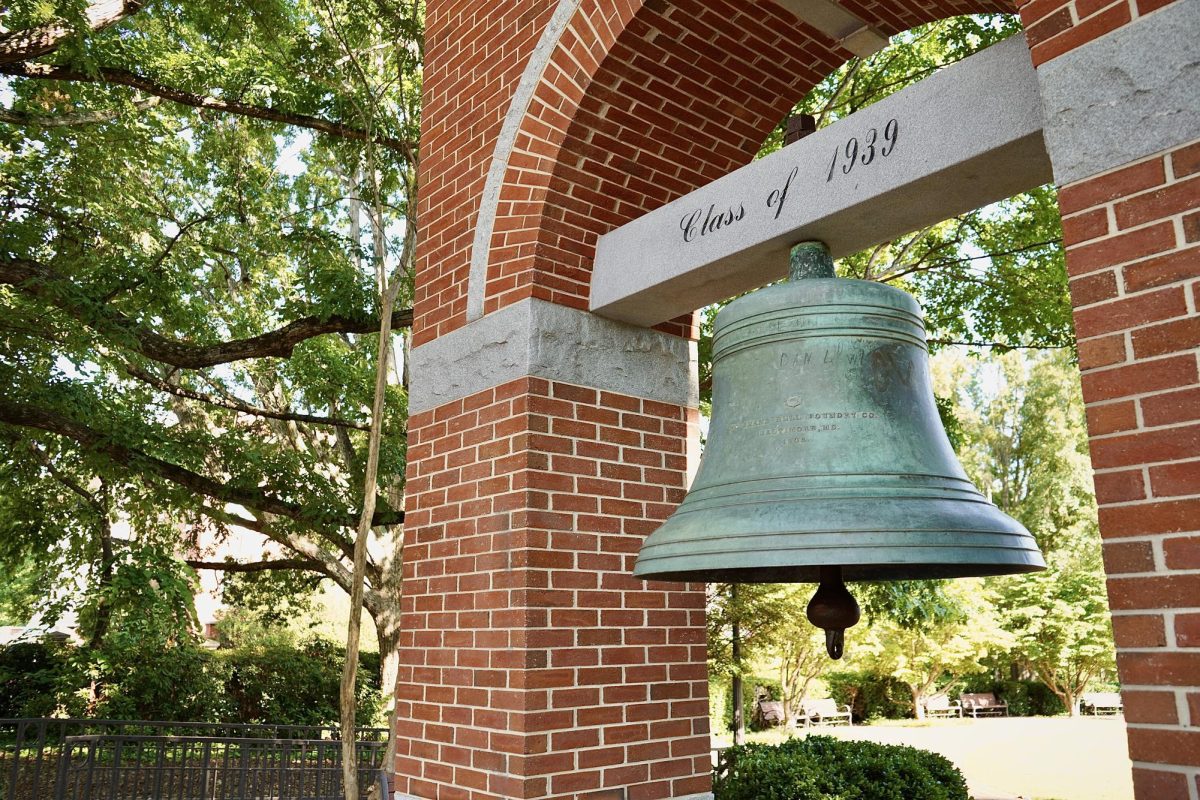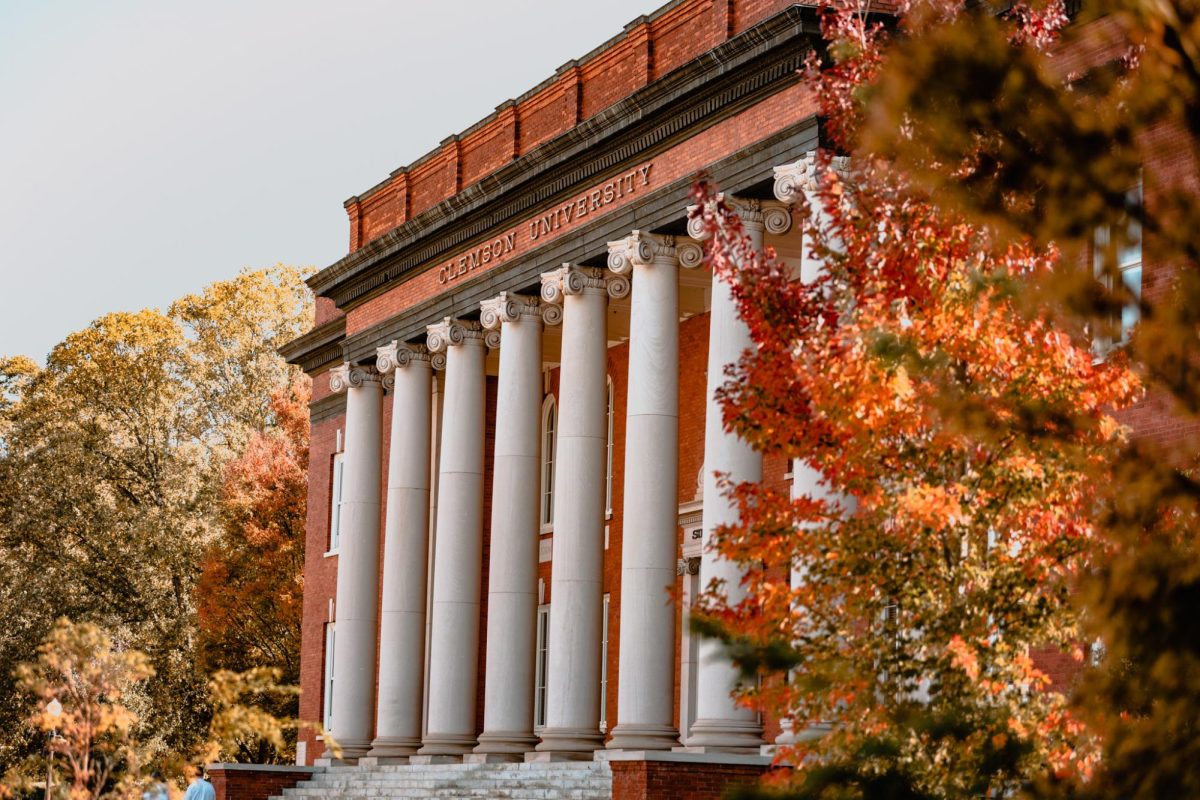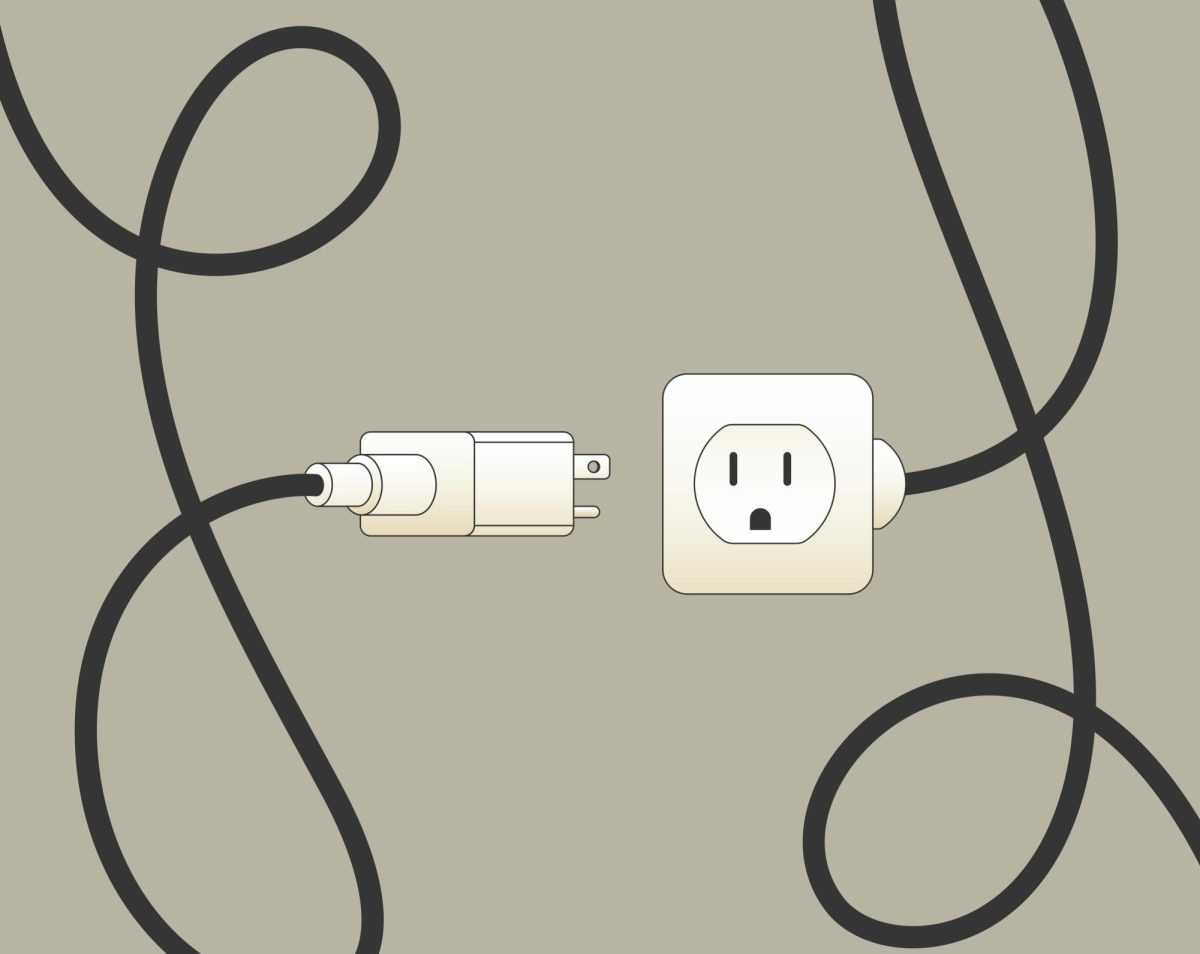On Sept. 1, 2018, a longtime Clemson football tradition ended. The tradition of releasing thousands of orange, purple and white balloons into the air has ceased, largely due to the university’s concern over the sustainability of the practice. The end of this spectacle is sad; it’s been something that I have witnessed at almost every Clemson home game. In fact, the few times that balloons weren’t released, it was largely due to the weather. As sad as the end of this nostalgic tradition is, laying it to rest is ultimately for the better.
I’m sure by this point many of you reading this have heard concerns of plastic in the ocean. Almost undoubtedly, you have heard of California’s decision to ban the use of plastic straws. While this decision has been met with some ridicule, it is has been done with the best of intentions and is all a part of the national effort to reduce plastic waste in the oceans and other environments. That alone is admirable. In fact, I firmly believe that in this politically divisive chapter of our country’s history, one issue that all Americans should be able to get behind is reduction of plastic products to keep waste out of the environment.
While at face value the cessation of this tradition sounded like a good idea to me, I wanted to examine the actual environmental repercussions of this tradition. Upon researching, I discovered one Clemson student by the name of C. H. Baird. Baird claimed that he has studied the release of these balloons, and his work has found balloons landing in Blacksburg, Virginia. That is over 306 miles traveled by a single balloon! These balloons can end up everywhere, whether it be on the ground, entangled in trees, or worst of all, in a source of water. The plastic and rubber can have very negative effects on our environment.
In addition to the environmental aspect of this issue, there has to be a monetary incentive for the university as well. Let’s say that each balloon that Clemson releases costs 50 cents and that they release 5,000 balloons each game. That comes out to around $17,500 if we’re going by the amount of home games this year. Then let’s add in the approximate price of helium per game used to fill these balloons. For every 50 balloons filled up, a 20 cubic foot tank will be used that costs around $39.25, going by the top result when searching for helium tanks. If this is multiplied by 100 to get approximately 5,000 balloons filled and then multiplied by the number of home games (seven), then the school spends approximately $27,475 per football season on helium. I’m sure that somewhere in my math I made a mistake on something, or that I didn’t take one aspect of the balloon ceremony into account, but regardless of that, the university could be saving several thousands of dollars each year by not engaging in this tradition. In total, the university spends approximately $44,975 each football season to continue the tradition. This money could help speed along all the construction on campus (possibly used for more parking).
I’m sure that by now you have rightfully come to the conclusion that I support the university on their decision to stop the releasing of these balloons. However, I think an opposite point of view should be given. I sat down with a friend of mine and asked him about his opinion on it. He said that he had read a report several years prior, which stated that the balloons were actually biodegradable and the whole situation was actually completely overblown. For a while I began wondering if this whole issue was overblow, as these issues often can be. A factor like biodegradability may not be taken into account, to justify ending the tradition.
So I looked into this report, and it turns out that the balloons are biodegradable. But a time frame for their degradation is not given, nor is it mentioned the effects they still create while degrading. In fact, while the balloons are biodegradable, they have also been found within the bellies of ded seabirds and sea turtles. They have been found washed up on beaches and within streams and forests, too. Furthermore, a six month study from a Creative Inquiry shed light on the true impact of the balloons. While balloons did eventually decompose, it took those that were found (roughly 40 out of 5,600), several months to decompose. Balloons that ended up in water took much longer to degrade.
After considering both the environmental and monetary factors, if you still feel that this tradition should remain, then I have an idea for you. Instead of releasing balloons at the beginning of the game, how about we have a halftime show cage match between our Tiger mascot and the opposing team’s mascot? They can hit each other with chairs and everything! It will keep the violent spirit of football alive during halftime while also remaining environmentally conscious. This tradition, if successful, could be continued for thousand, if not millions of years, and a glorious tradition it will be! *Disclaimer, I am not actually promoting this idea. Any future employer (likely the DMV) who sees this should note that I am simply being facetious.
As I have stated numerous time throughout this article, I am genuinely sad to see this awesome tradition go, but do we as Clemson Tigers really want to sacrifice the picturesque landscape of the Blue Ridge Mountains for only 25 seconds of seeing a couple thousand balloons being released into the air? Is that what makes Clemson football great? Will the absence of this one aspect of the game totally ruin it for everyone? Surely not.
What makes Clemson football great is our amazing team, our impeccable (yet humble) coaching staff and our cheering student body and fans — fans who attend every game with the energy of a tiger charging towards its prey! A tradition such as this one can be replaced fairly quickly, yet it will take years to reverse the impact that plastics have had on our environment. Thus it is in my opinion that the university is making the right call to cancel this tradition. At this point, I think it is the duty of all Clemson Tigers to come up with a new and environmentally sustainable tradition to alert anyone within a hundred miles of Death Valley that we are the Clemson Tigers!
I hope you enjoyed this op-ed. If you agree or disagree with me on this topic and would like to contact me to share your own opinion or if you would like to request any future topics for me to write about, please do so at [email protected].








